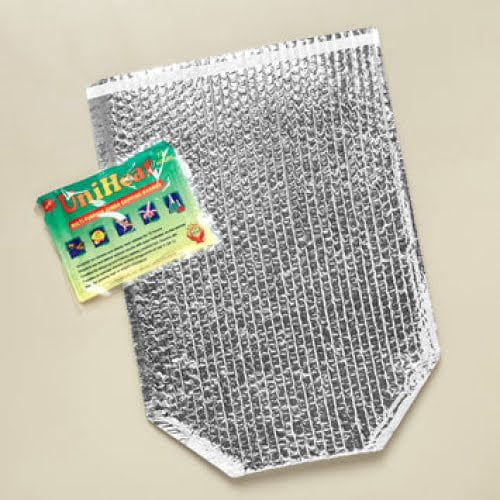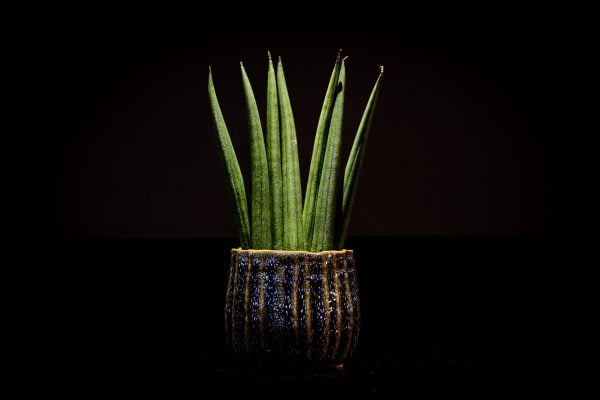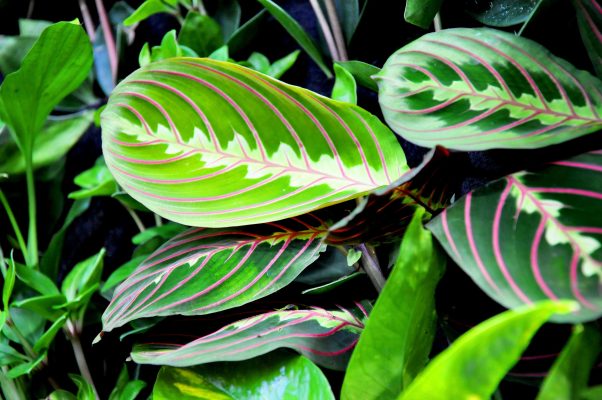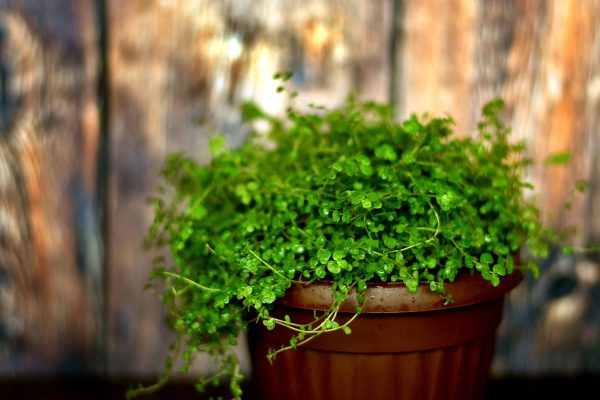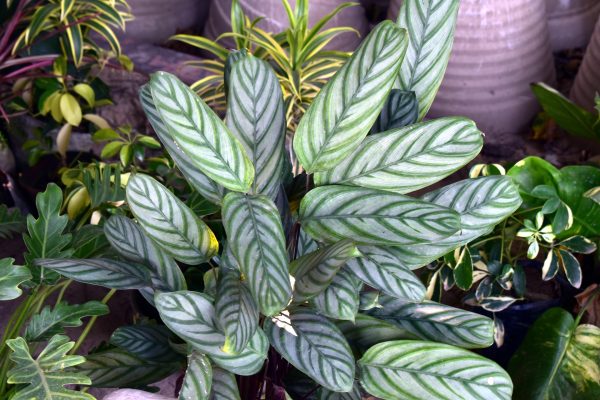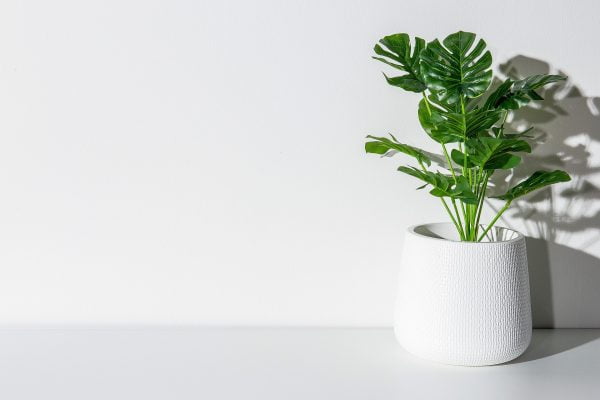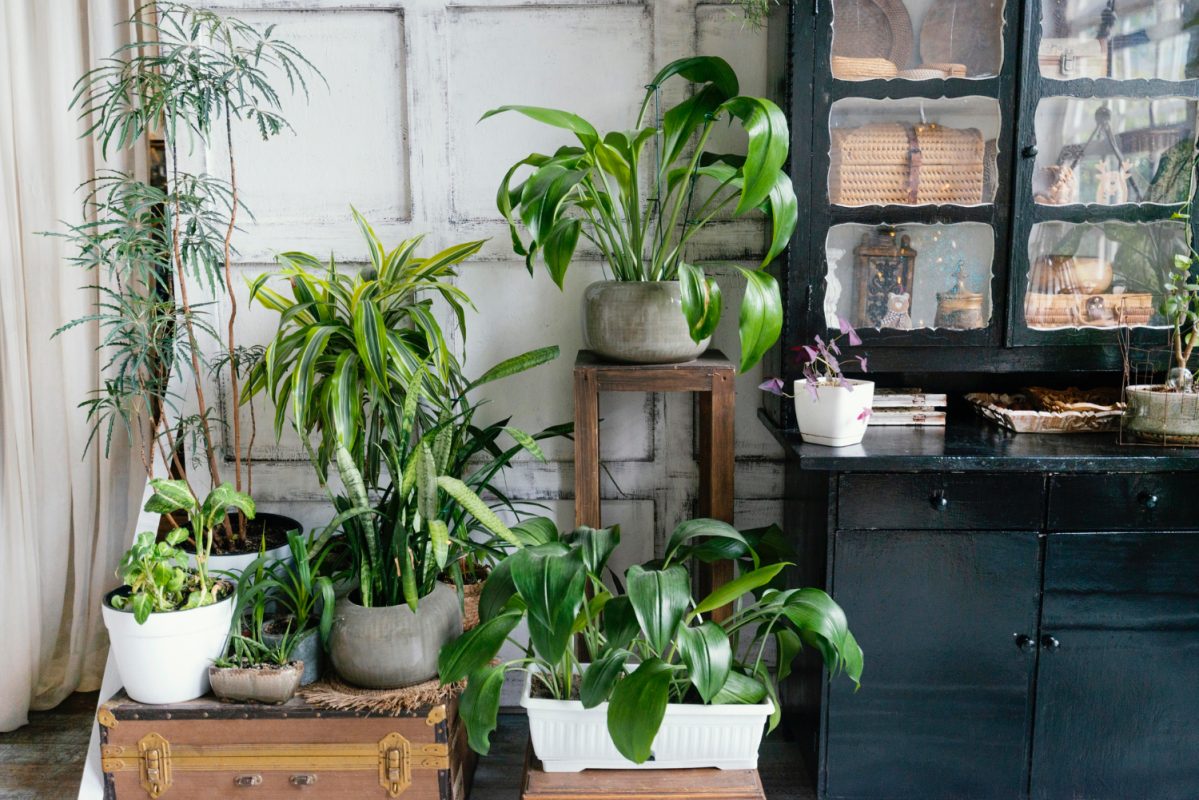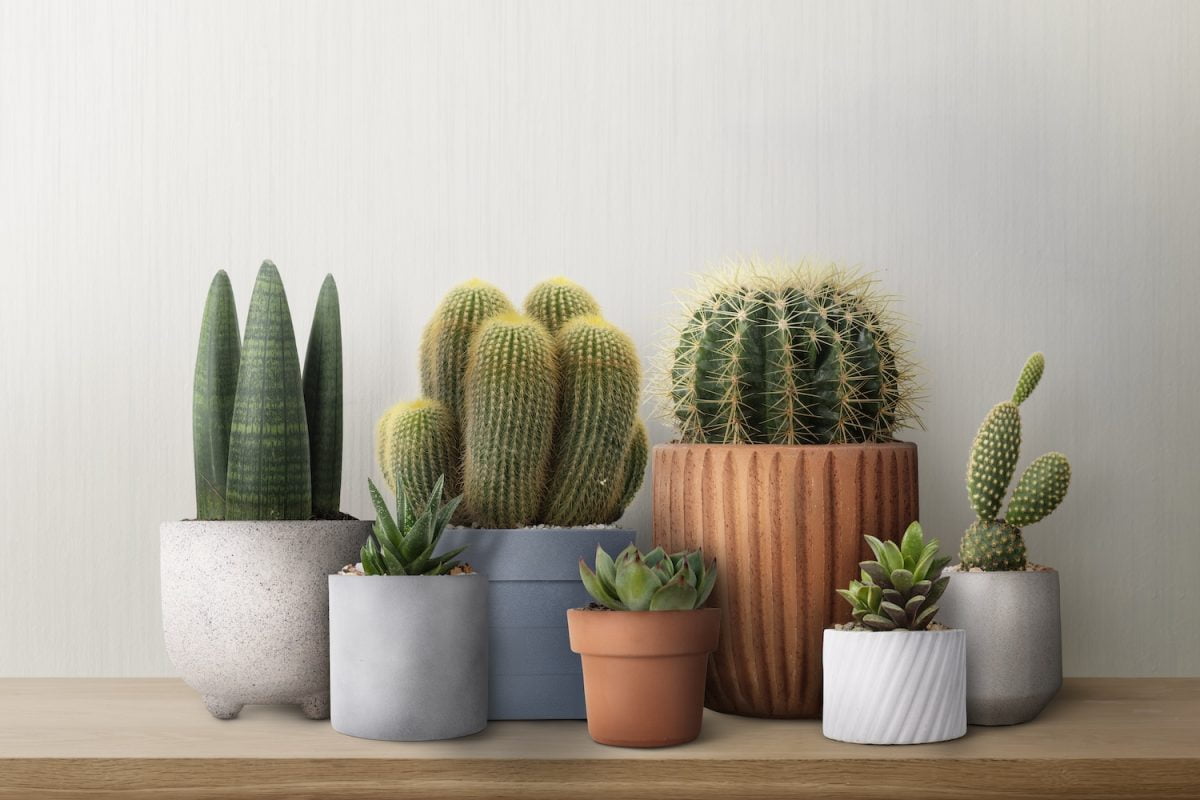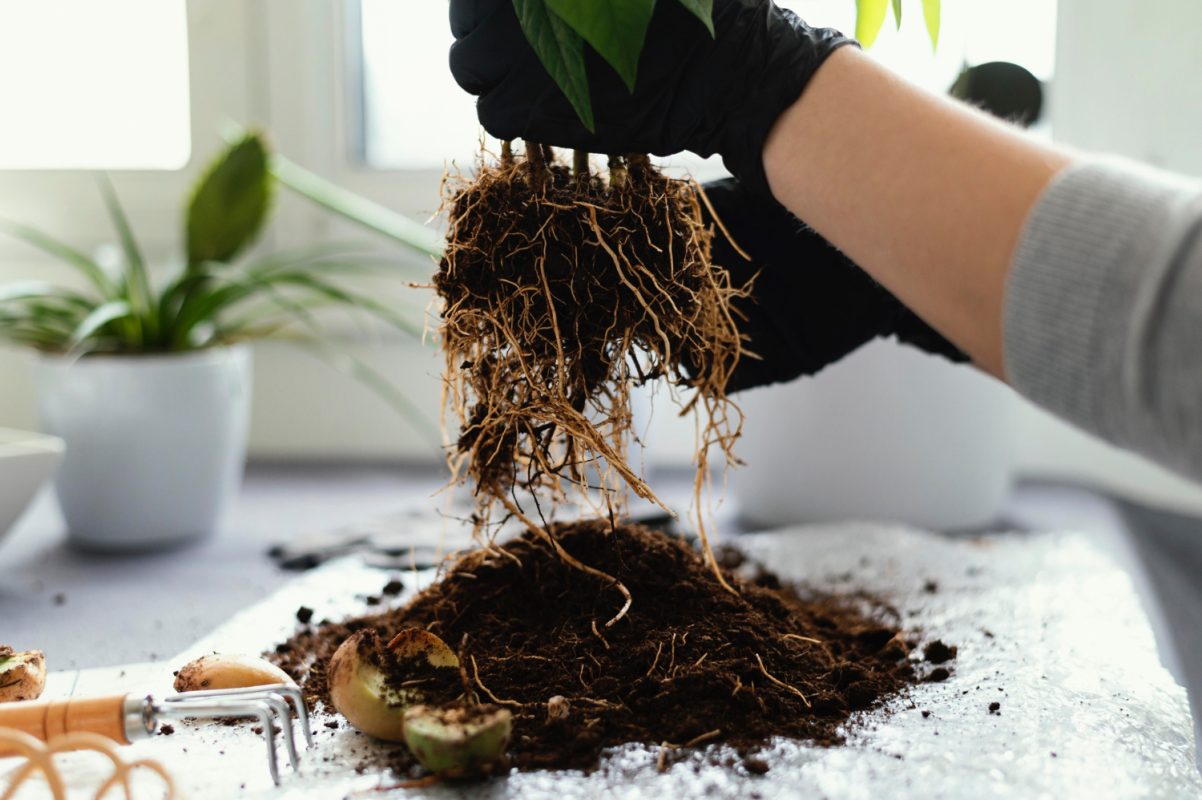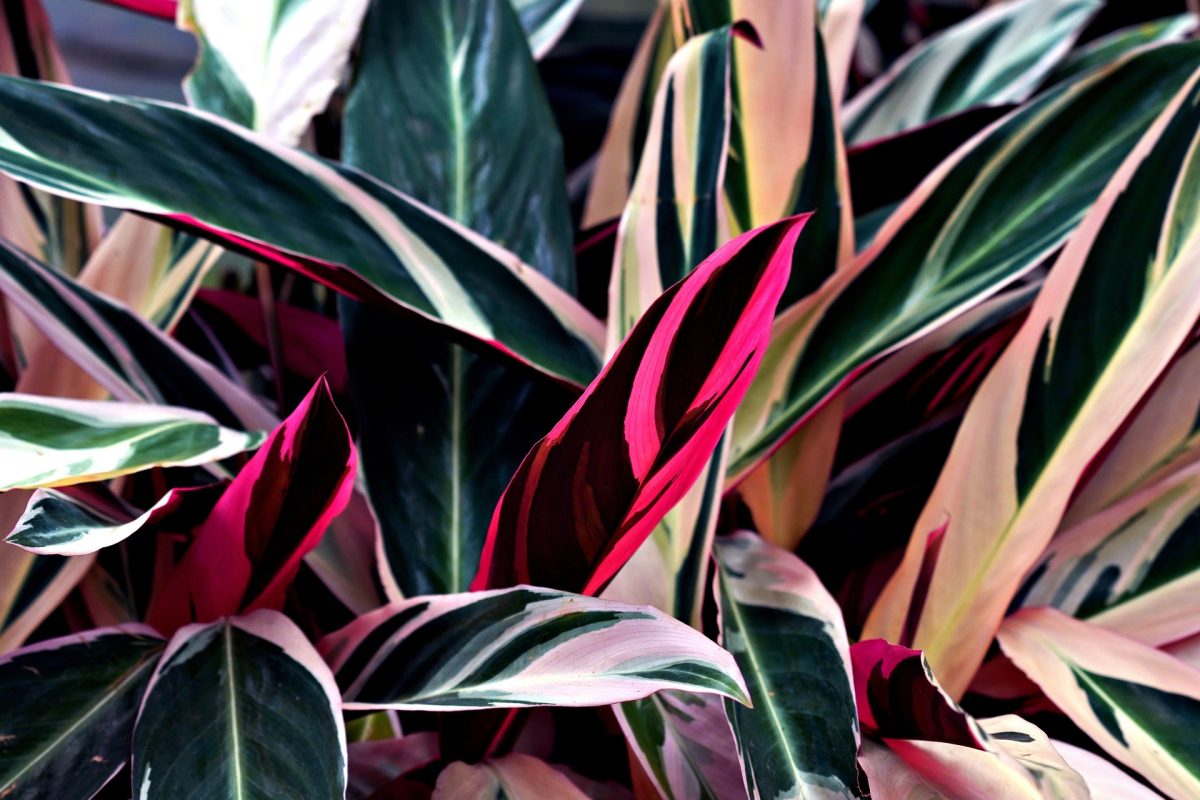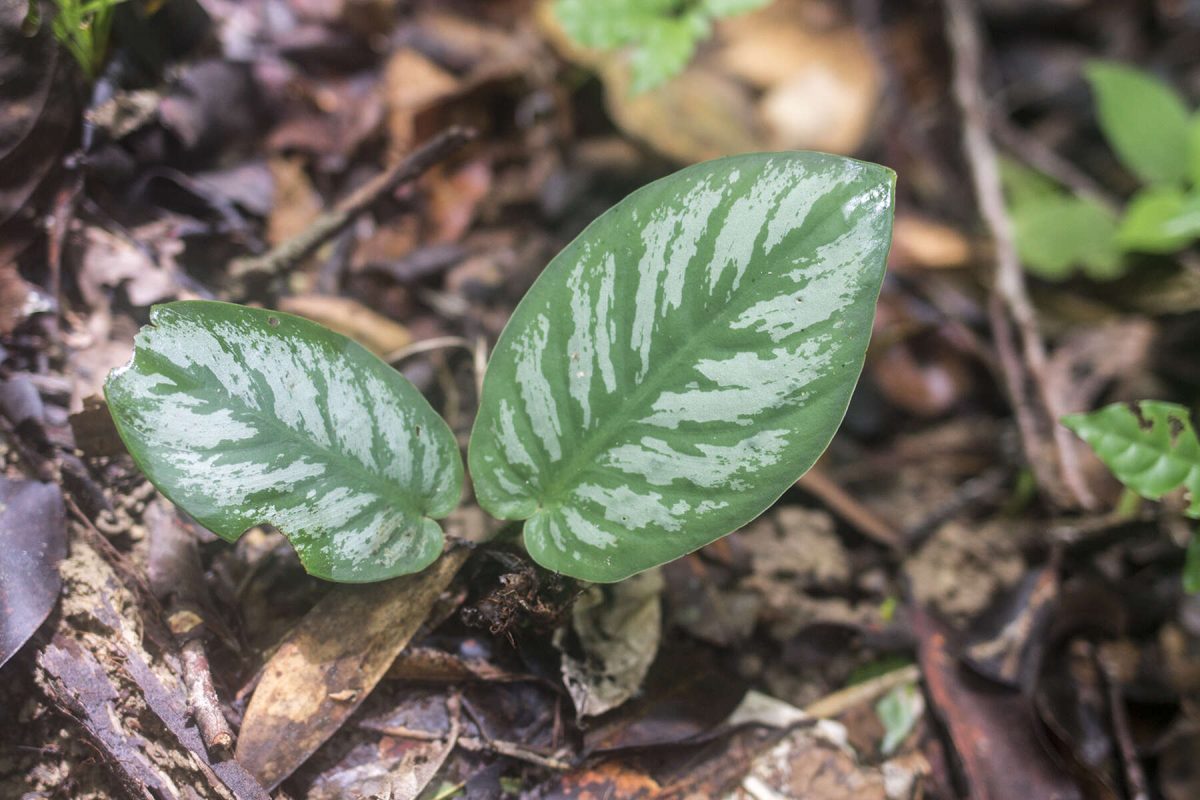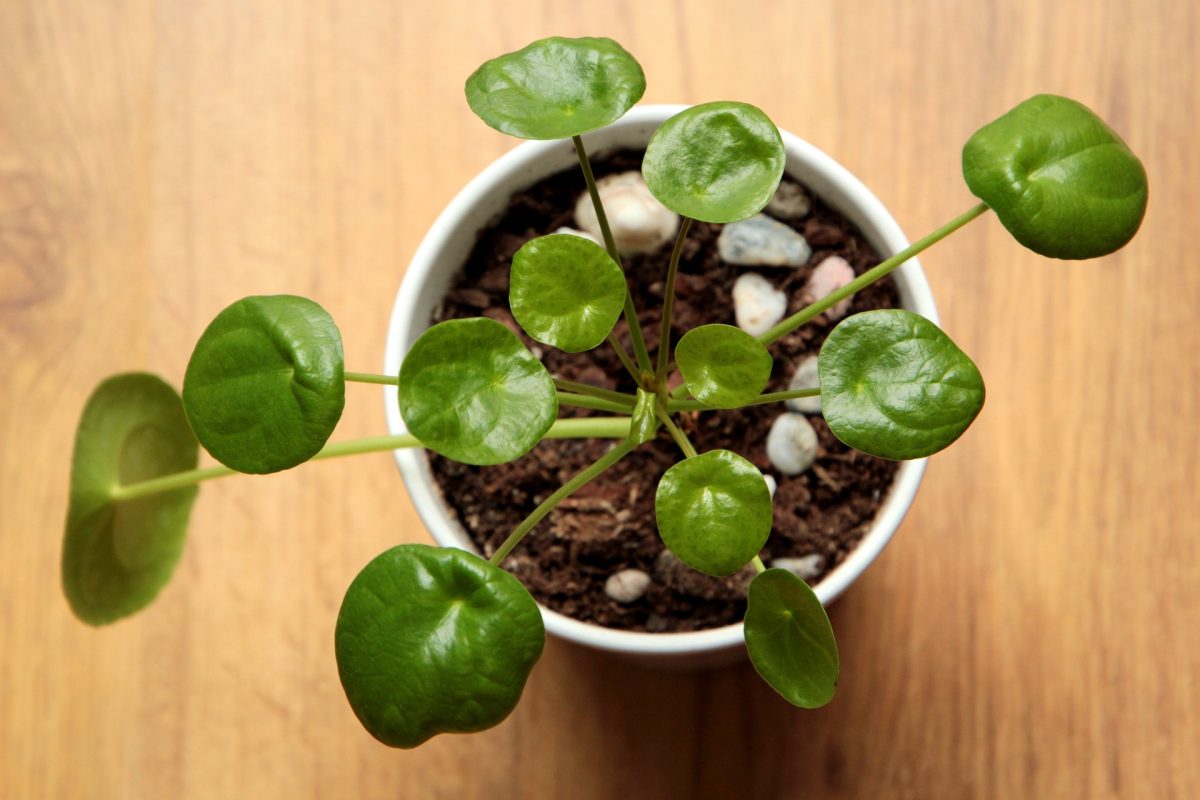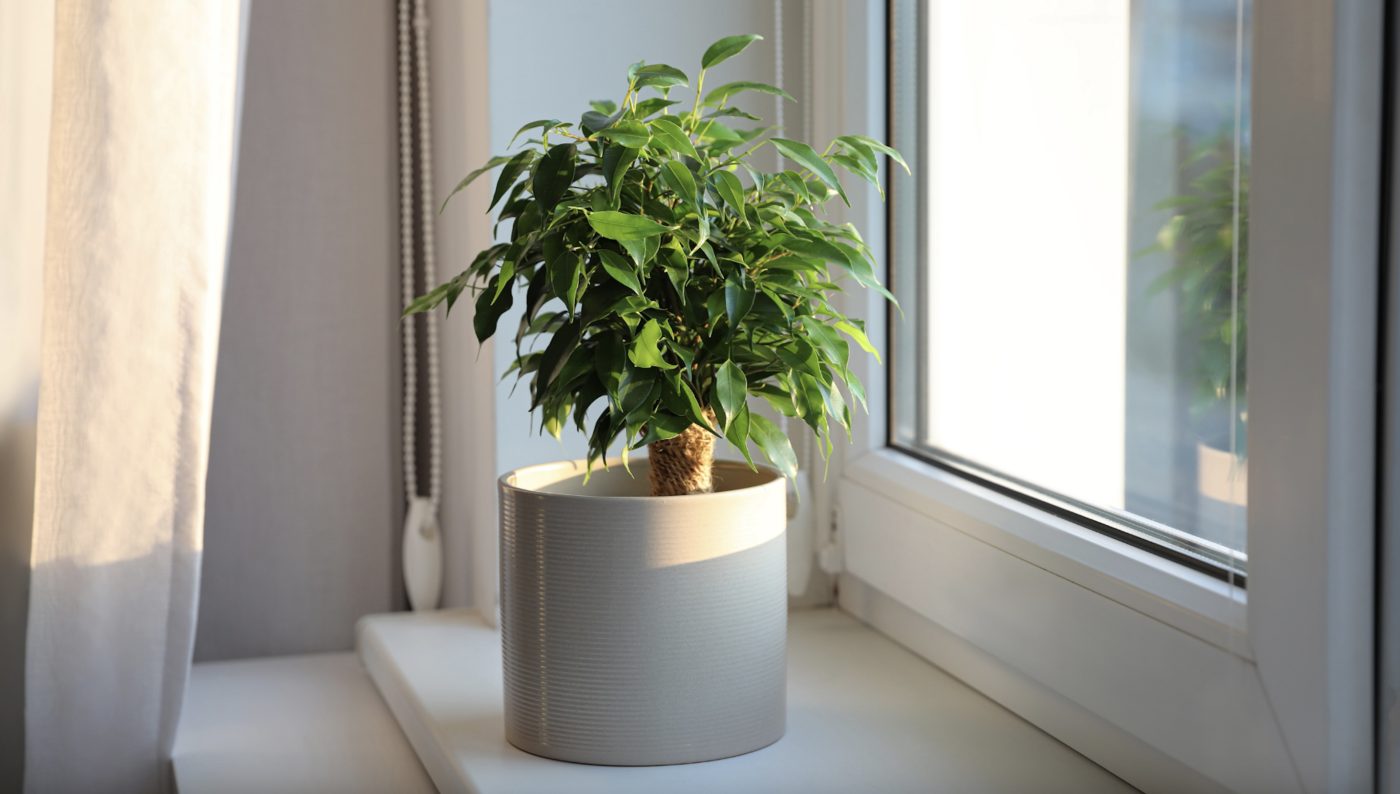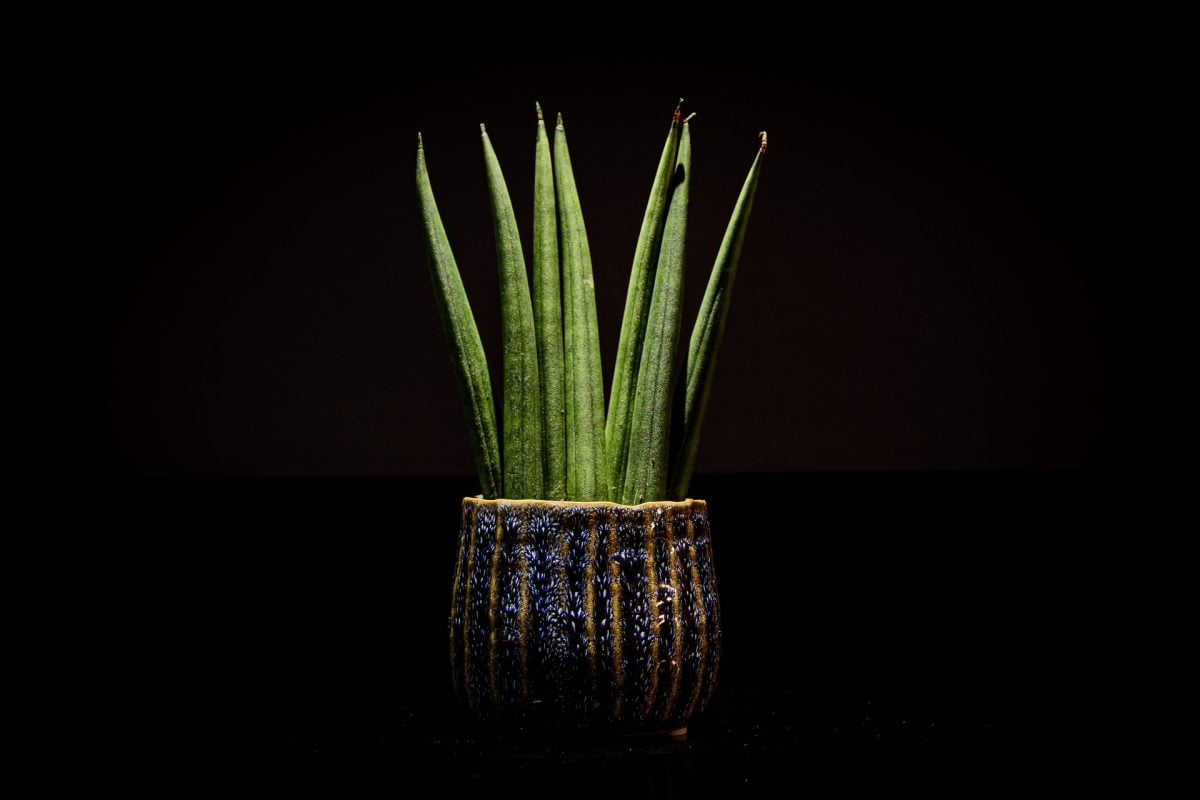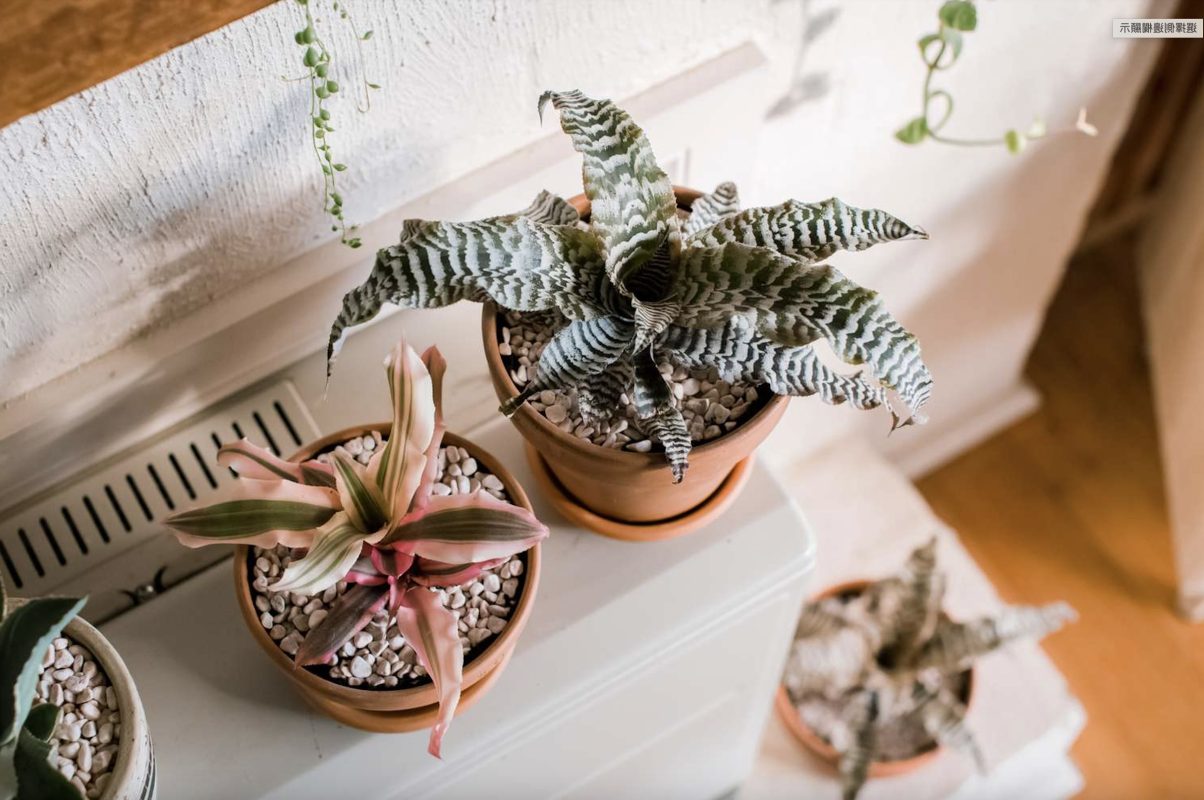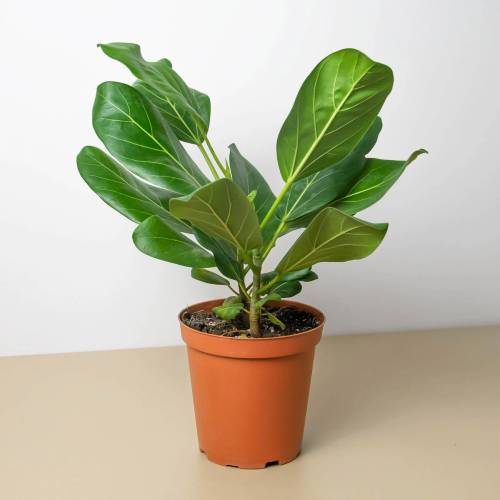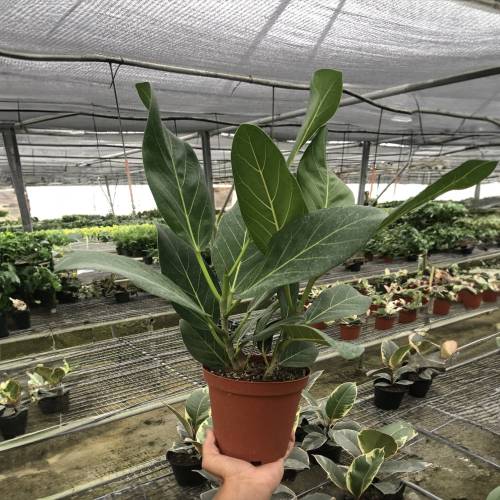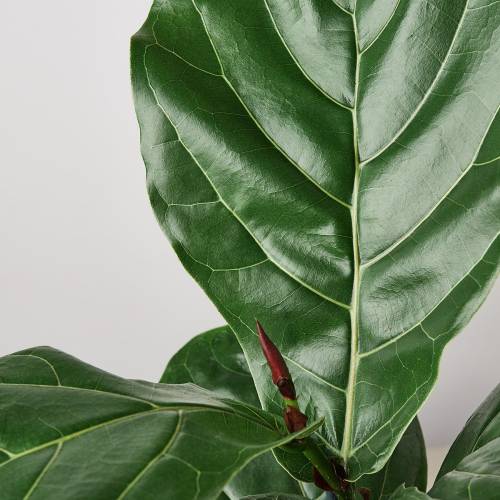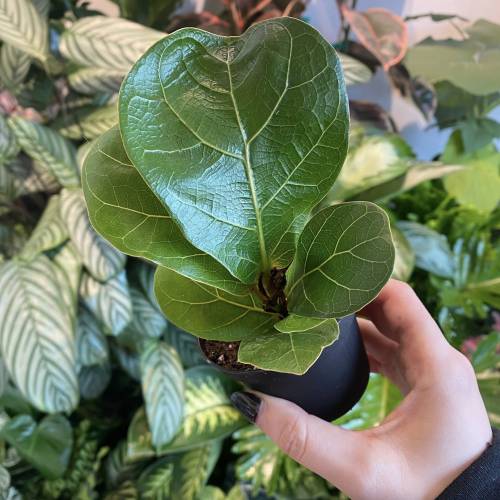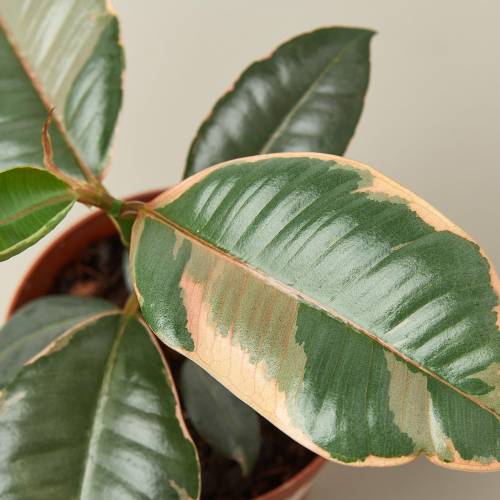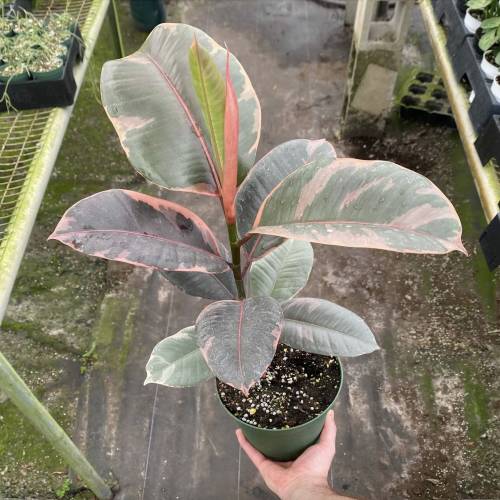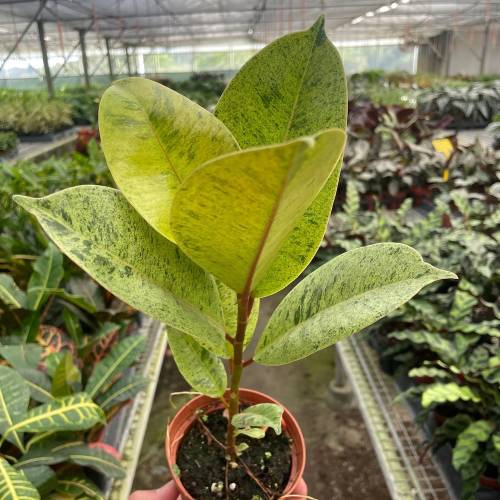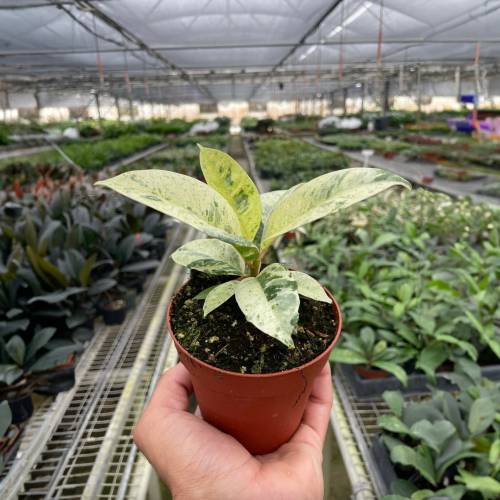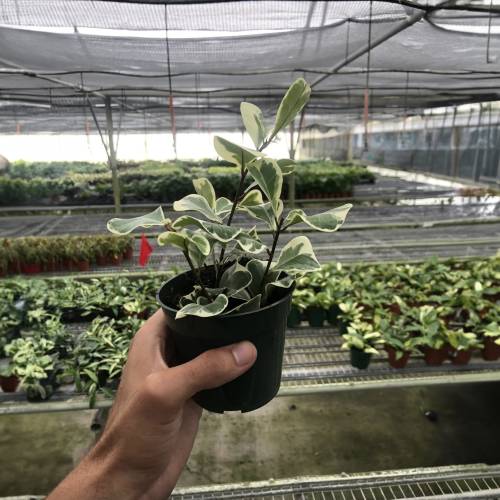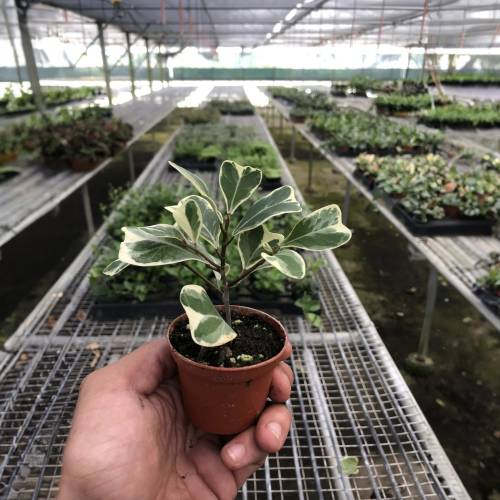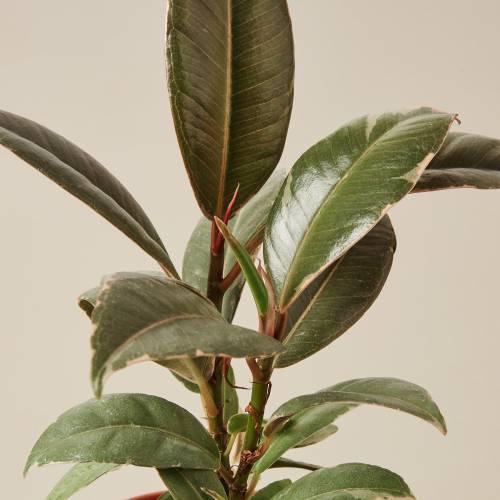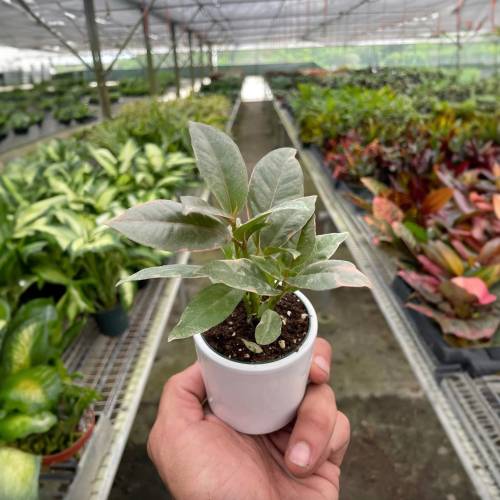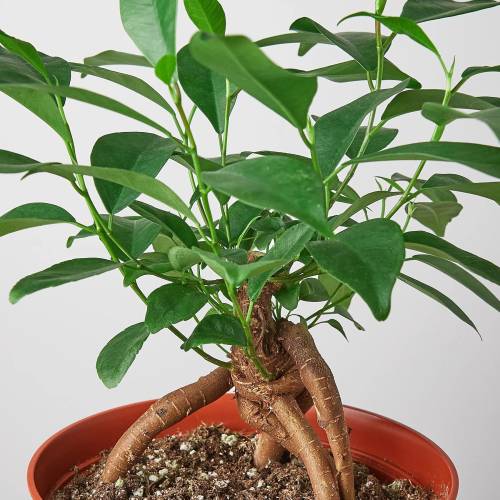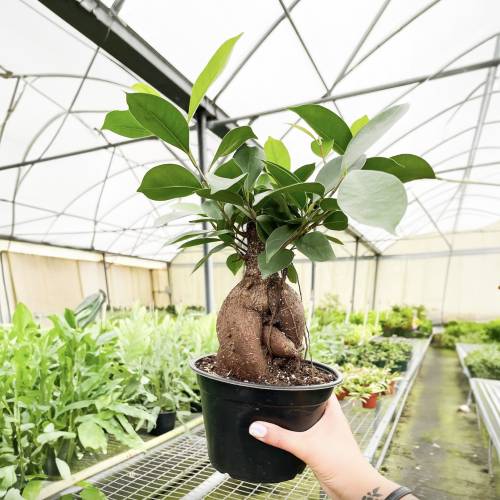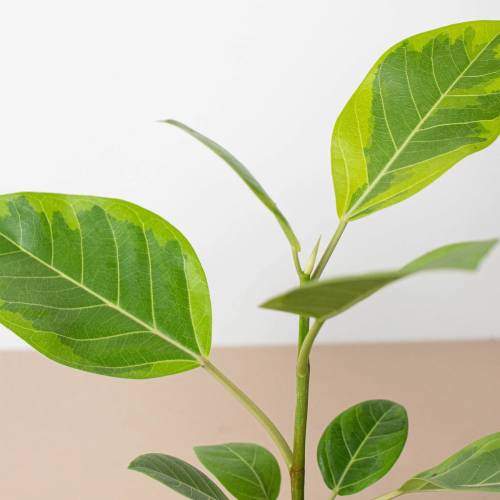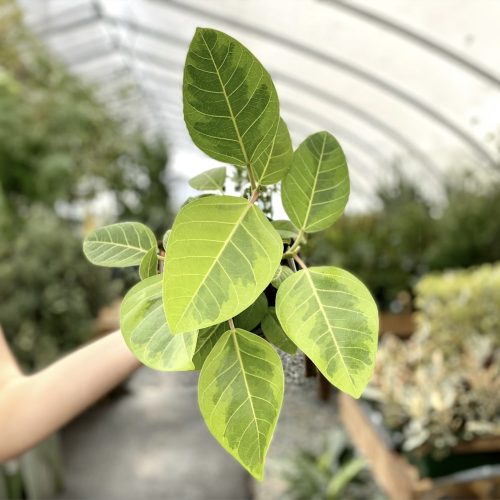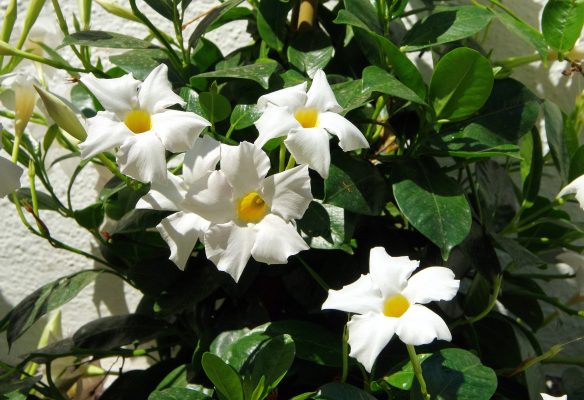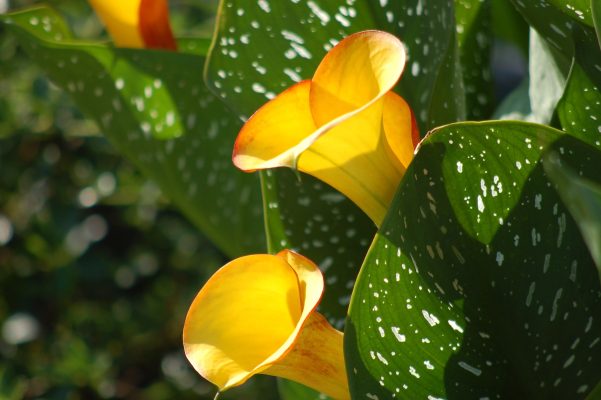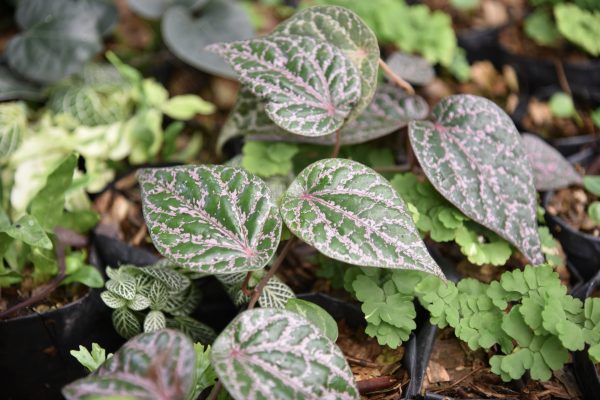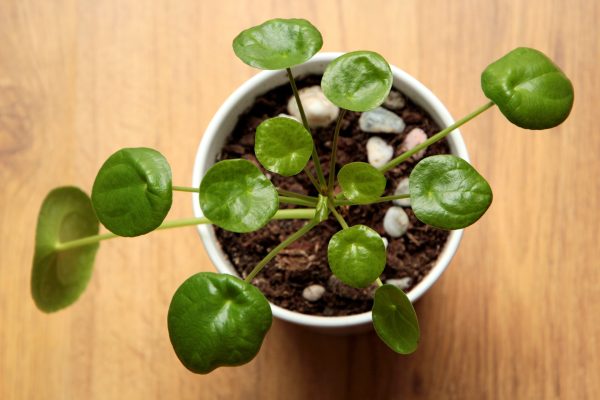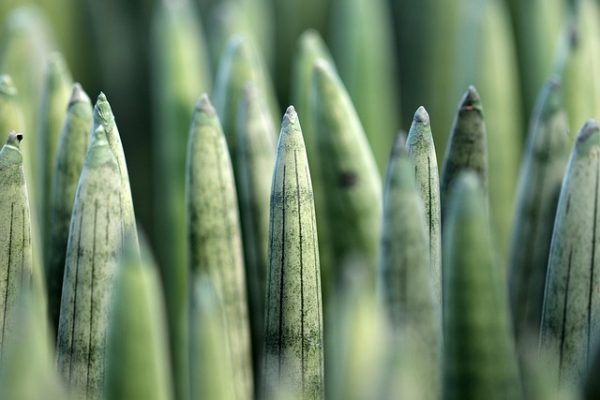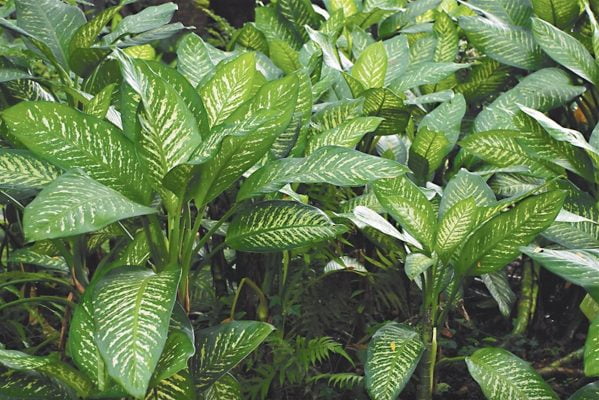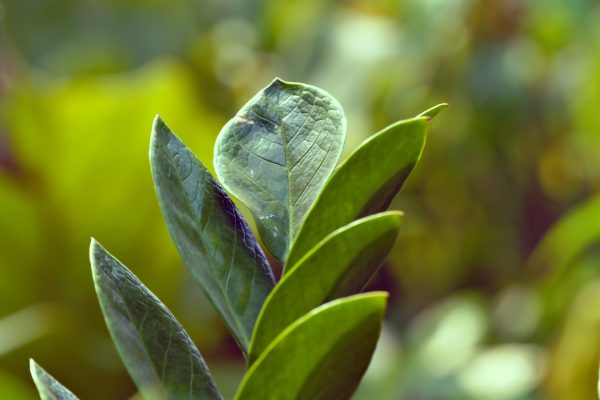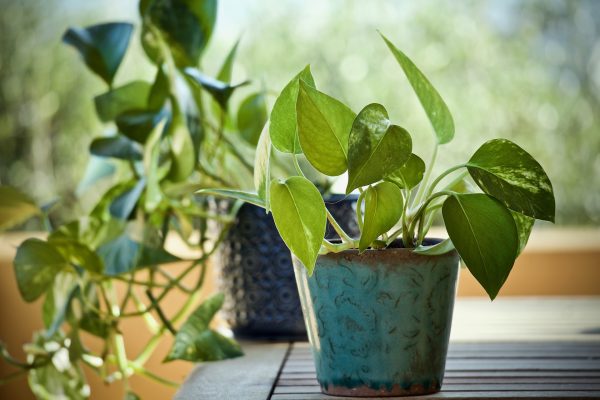Ficus, a diverse genus that includes popular varieties like the Fiddle Leaf Fig (Ficus lyrata), is renowned for its elegant foliage and air-purifying capabilities. This comprehensive care guide is your key to mastering the art of nurturing Ficus plants, transforming your indoor space into a haven of greenery.
I. Plant Overview:
- Scientific Name: Varies by species (e.g., Ficus lyrata, Ficus elastica, Ficus benjamina)
- Common Names: Ficus, Fiddle Leaf Fig, Rubber Plant, Weeping Fig
- Origin: Native to tropical and subtropical regions worldwide.
II. Light Requirements:
- Ideal Conditions: Bright, indirect light. Ficus plants thrive in filtered sunlight.
- Tolerance: Adaptable to lower light conditions, but growth may be slower.
III. Watering:
- Frequency: Allow the top inch of soil to dry before watering. Keep the soil consistently moist during the growing season.
- Water Quality: Use room-temperature water. Ensure good drainage to prevent root rot.
- Humidity: Ficus plants appreciate higher humidity levels. Regular misting or a humidity tray is beneficial.
IV. Soil:
- Type: Well-draining potting mix. A mix for tropical plants or a blend for indoor plants is suitable.
- pH Level: Slightly acidic to neutral (pH 6.0-7.0).
V. Temperature and Humidity:
- Temperature: Maintain a warm environment between 65-75°F (18-24°C). Avoid drafts and sudden temperature drops.
- Humidity: Ficus plants are adaptable to average humidity levels.
VI. Fertilization:
- Schedule: Feed every 4-6 weeks during the growing season (spring and summer).
- Fertilizer: Use a balanced liquid fertilizer, diluted to half strength. Reduce fertilization in the dormant season.
VII. Pruning and Maintenance:
- Pruning: Trim to shape and control size. Remove any yellow or damaged leaves.
- Cleaning: Wipe leaves with a damp cloth to remove dust. Keep the plant’s appearance tidy.
VIII. Repotting:
- Frequency: Repot every 1-2 years or when the plant outgrows its container.
- Procedure: Gently lift the plant, inspect roots, and repot in fresh soil. Choose a container with drainage holes.
IX. Common Issues and Solutions:
- Leaf Drop: Sudden changes in light or temperature. Gradually acclimate the plant to new conditions.
- Pests: Keep an eye out for spider mites or scale. Treat with insecticidal soap or neem oil.
- Yellowing Leaves: Overwatering or underwatering. Adjust watering habits accordingly.
X. Propagation:
- Method: Stem cuttings or air layering.
- Timing: Spring or early summer.
- Process: Take a cutting with at least two nodes or encourage roots on a portion of the stem while still attached to the parent plant. Plant in fresh soil when roots are established.
Mastering Ficus care opens the door to a world of elegant and air-purifying plants. This guide empowers you to cultivate the art of nurturing Ficus, ensuring these botanical beauties thrive and enhance your indoor oasis. Happy gardening!
our recommendation
you may also want to know



